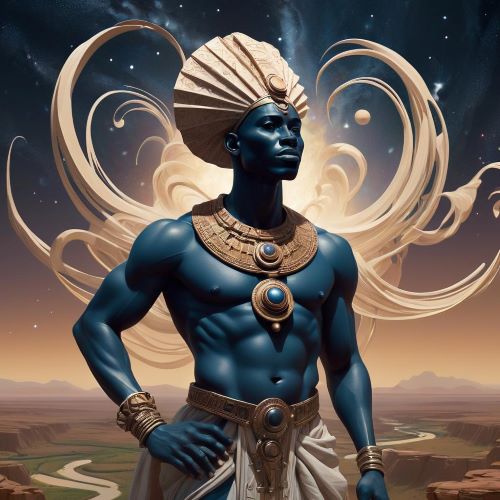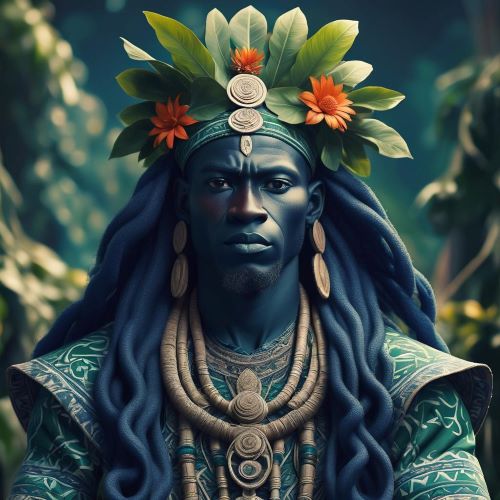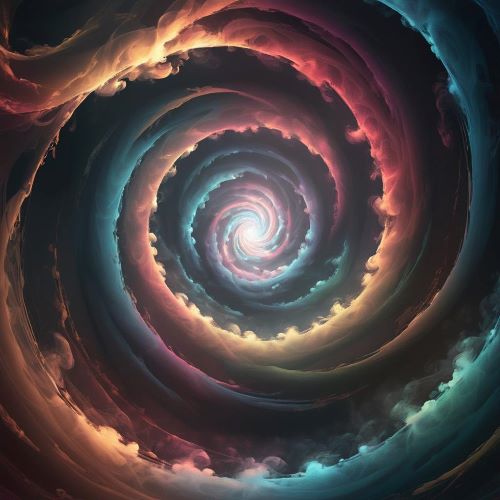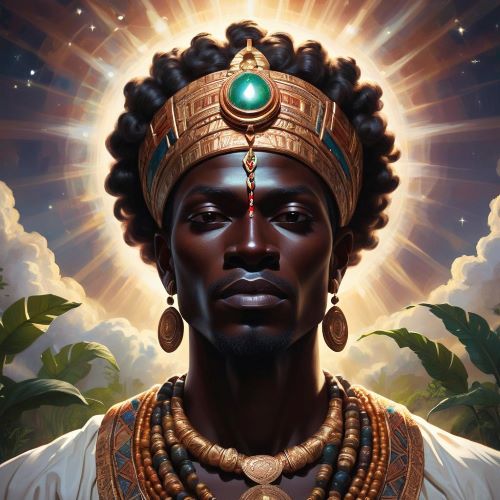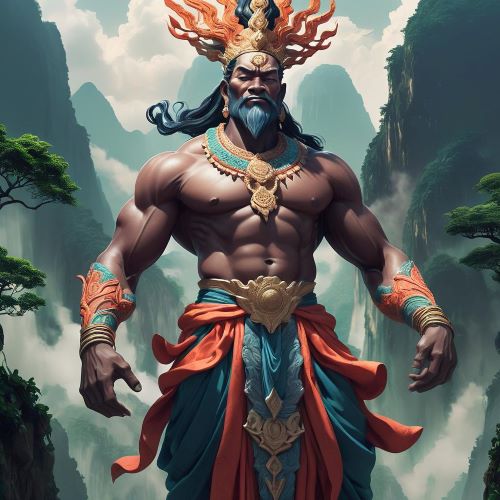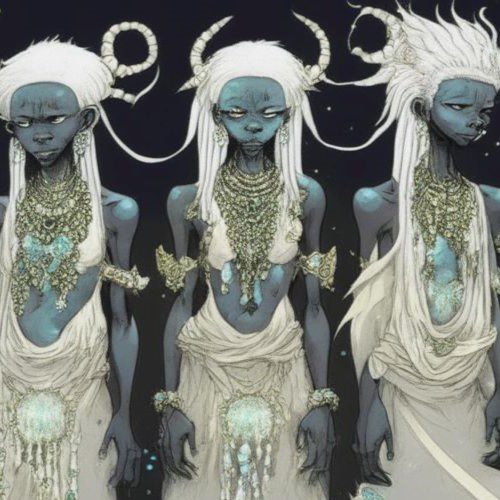Senegambian (Serer, Wolof, Kru, Lobi) Mythology
The mythologies of the Senegambian peoples — including the Serer, Wolof, Kru, and Lobi — form a powerful spiritual and philosophical tradition that stretches across the Atlantic coast of West Africa. Rooted in the lands of Senegal, Gambia, Liberia, and Côte d’Ivoire, these belief systems blend reverence for ancestors, nature, and cosmic order into a unified worldview that celebrates the sacred interconnection of all life. Though linguistically and culturally distinct, these traditions share a profound understanding of creation, morality, and destiny — a recognition that human existence is sustained by harmony between the divine, the natural world, and ancestral memory.
At the heart of Serer mythology, one of the most developed of the Senegambian systems, is the belief in Roog Sene, the supreme creator and sustainer of the universe. Roog is a transcendent being who governs the cosmos but remains beyond human comprehension. Creation, according to Serer myth, began with Roog shaping the universe through thought and word, bringing forth the first elements — water, air, earth, and fire — and then the first humans, who were entrusted with preserving balance. The Serer view the pangool — ancestral spirits and saints — as intermediaries between Roog and humanity. These pangool protect villages, bless harvests, and act as moral guardians. Shrines dedicated to them are often marked by sacred trees, stones, or wells, linking the material and spiritual worlds in a continuum of divine energy.
Wolof mythology, closely related to Serer cosmology, also centers on the supremacy of a single creator god, known as Yàlla, alongside a host of spirits and ancestral forces. The Wolof worldview emphasizes Njàr — moral order, destiny, and balance. Life is seen as a journey of maintaining harmony between the individual, community, and universe. Wisdom is conveyed through oral epics, proverbs, and griot traditions, where storytellers preserve the divine codes of conduct through poetry, song, and mythic history. The Wolof, like the Serer, believe that ancestors never die but transform into guiding presences whose influence remains in dreams, rain, and wind.
Moving eastward along the coast, the Kru mythology of Liberia expresses a seafaring spirituality shaped by the Atlantic and its mysteries. The Kru revere a supreme sky deity, often called Nyesoa, as well as water spirits who inhabit rivers and the sea. These spirits are seen as both protective and unpredictable, symbolizing the dual nature of the ocean — life-giving yet perilous. Rituals involving drums, libations, and chants honor these forces and ensure the community’s safety and prosperity.
Further inland, Lobi mythology of Burkina Faso and Côte d’Ivoire reflects an earth-centered cosmology. The Lobi worship Thangba Yu, the creator god, and a host of spirits known as thila, who oversee morality, fertility, and justice. The thila act as guardians of moral behavior and enforcers of divine law. Lobi myths teach that human suffering and imbalance occur when the sacred relationship between people, nature, and the spirits is broken. Through divination, sacrifices, and communal rituals, this harmony is restored — reaffirming the Lobi conviction that spiritual and ecological balance are one and the same.
Together, the mythologies of the Serer, Wolof, Kru, and Lobi peoples reveal the philosophical heart of Senegambian spirituality — a worldview rooted in respect for ancestors, reverence for nature, and the constant pursuit of equilibrium between the visible and the invisible worlds. These traditions endure as living faiths, carried in song, art, and ritual, preserving Africa’s oldest truth: that creation is sacred, cyclical, and forever connected to the divine.


